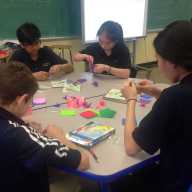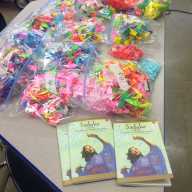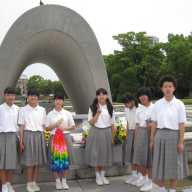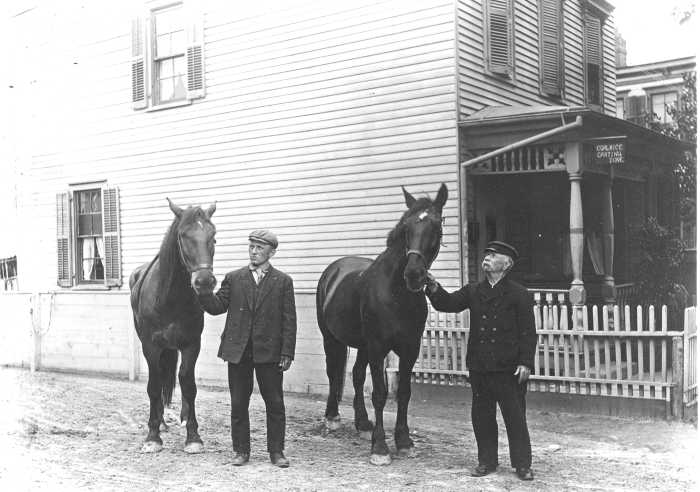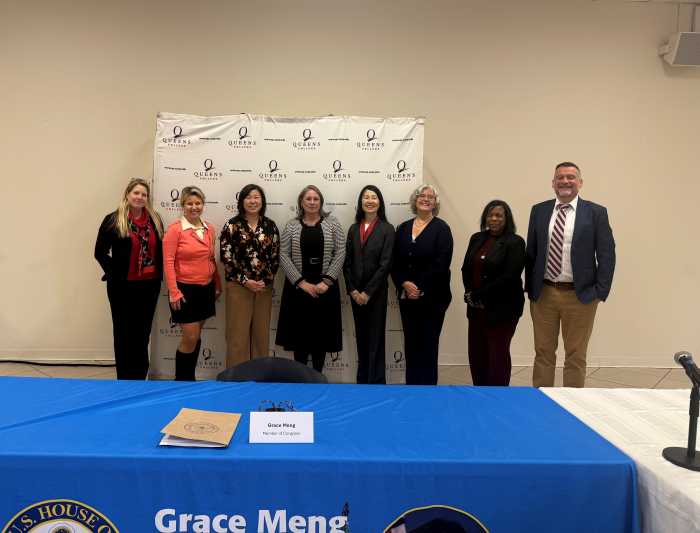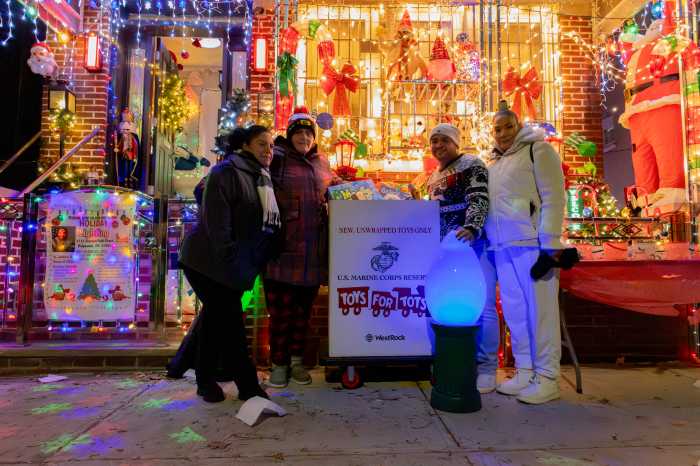Birds of a feather flock together.
Students from middle schools in Flushing and Elmhurst are involved in a project to exchange cranes with schoolchildren their age in the Japanese city of Hiroshima, which was hit with an atomic bomb by the U.S. in the final stage of World War II.
To help their pupils learn about the second world war, Gary Malone, an English teacher at Flushing’s J.H.S. 189, and wife Amber Malone, who teaches social studies at I.S. 5 in Elmhurst, assigned their respective classes to read historical children’s novel “Sadako and the Thousand Paper Cranes.”
Based on a true story, the fictional account tells of a young girl living in post-WWII Japan and suffering from cancer caused by the atomic bomb dropped on August 6, 1945. As she spends time in the hospital, she folds papers cranes, inspired by a Japanese legend that says that if a sick person folds 1,000 paper cranes, the gods will make her well again.
After reading the book, classes participating in the Malone’s project folded their own paper cranes to send to students in Senogawa Junior High School in Hiroshima, whose students did the same in exchange.
Students from Queens sent 1,500 cranes to Japan altogether. These will be split into two displays, with 1,000 going to the Children’s Memorial Peace Park in Hiroshima and 500 set to be hung in Senogawa Junior High School, along with 500 more folded by the Japanese middle schoolers.
Senogawa students sent 500 cranes to both participating schools, and these will be displayed along with 500 cranes folded by American students for a total of a thousand each. Malone said that his students were impressed with the precision of the cranes they received, with each creased bird folded in nearly perfect identical form.
According to Gary Malone, the idea for the project came to him and his wife after winning a grant for a trip to Japan in summer 2014 to study the events of World War II from the Japanese perspective.
He said that many of his students do not leave their own neighborhood very often, and while he wishes the class could take an actual trip to Japan, the crane exchange was a good way to connect them with children of the same age who live on the other side of the globe.
“It’s two countries [who were] once enemies, and the communication is meaningful to them,” said Gary Malone, who is currently working to arrange some form of video interaction between his students and their Japanese counterparts.
RECOMMENDED STORIES
- Whitestone community raises funds online for sick 2-year-old
- Little Neck eatery hosts actors promoting new theater project
- Flushing fifth-grader dubs $2M surgical robot ‘Leonardo Jr.’


